The Japanese martial art has a growing popularity, comparable to that of taekwondo, Thai boxing, or even kung fu.
Japanese martial arts, are the better way to attack and defense. It transmit a cultural, spiritual, physical value. The art of Japanese combat is associated with three terms: bugei (martial art), budo (the way of war), bujutusu (war techniques).
In the land of the rising sun, learning fighting techniques disciplines the mind. This article will allow you to learn more about the martial arts of the Japanese culture, you will discover:
- The history of Japanese martial arts
- The national and sacred sport of Japan: the sumo
- The founding father of martial arts: jujitsu
- The various Japanese martial arts
Each discipline represents a "way," and you may be searching for yours. So, let's go and discover it...
The history of Japanese martial arts: a myth or a reality?

By definition, Japanese martial art is a discipline of Asian origin whose objective is not to defeat one's opponent at all costs. On the contrary, it is a sporting event that teaches us self-control (exception made, some combat sports). According to a myth, an Indian monk named Bodhidharma was at the origin of martial arts. This man is the founding father of Zen Buddhism in Japan...
After practicing meditation, Bodhidharma decided to visit Chinese monasteries, stopping at the one in Shaolin. After teaching meditation in this temple, he also taught a style of exercises focused on combat principles. Disappointed with his disciples' infatuation with combat, Bodhidharma departed and left behind, the birth of kung fu.
Shaolin kung fu is thus the first martial art that unites bodywork and spiritual meditation. However, historical facts show that the technical basis of Chinese martial arts has existed since several centuries BC. The Chinese army used it as a means of defense against an armed or unarmed opponent.
The iconic Dr. Akiyama
It is impossible to review the history of Japanese martial arts without mentioning the Japanese doctor Akiyama. He allowed the birth of the Japanese martial arts that we know today. It all begins during his excursion to China, where he stops over in Manchuria and meets a religious sect.
This one practiced training based on kung fu, which the doctor admired and was allowed to watch. Unfortunately, he had not had the chance to practice this art while in China. He then returned to Japan in order to show his family, the techniques he had seen...
He then stayed outside and watched the branches of a tree bend under the snowy mass. After seeing how flexible this tree was, Akiyama decided to create a martial art following this principle. However, this is only a legend and history grants the birth of Japanese martial art techniques, to the samurai.
Sumo, a national and sacred sport for the Japanese archipelago
The sumo is the iconic sport of the land of the rising sun, dating back nearly 1500 years. It is a traditional wrestling that emphasizes religious rites and gestures. So let's analyze this sport of Shinto origin.
The origin of this ancestral wrestling
 hinomaru-sumo
hinomaru-sumo
There is a book that traces the great Japanese myths, as well as the formation of the islands that make up the Japanese archipelago. This book, titled "chronicles of ancient facts" (kojiki), speaks for the first time of sumo wrestling, in 712.
Sumo wrestling was associated with dance, theater or even prayers that the people dedicated to the gods. So it was a kind of religious custom that praised the deities in order to have a good harvest. The introduction of sumo in the imperial court is done in the Nara period (8th century), and all the moves were allowed.
Rules were then introduced by the same government. During the Kamakura era, Japanese wrestling was practiced as a military immobilization technique. During the Edo era, it is an entertainment for the wealthy. It is from the 18th century, that this ancestral wrestling is considered a national sport.
Sumo wrestlers: the rikishi
Sumo is a professional sport dedicated to men, whose wrestlers are called "rikishi." There is no weight category, it can vary between 70 and 280 kg.
A wrestler may run into a sumotori not of the same size as him. The average weight of a rikishi is 150 kg. This allows for a good cohesion between stability and flexibility. The Japanese wrestler has a regulated lifestyle within the stables (a sumo school where a rikishi lives and trains).
Traditionally, the rikishi wears a mawashi (a band of cloth around the waist and crotch) during a fight. Then, his hair is straightened with oil. This Japanese hairstyle is maintained with a bun. The sumo wrestler keeps his hair long during his whole career. When he retires, danpatsu-shiki is celebrated, a ceremony during which his hair is cut to symbolize the end of his career.
Principle of this traditional Japanese fight
 seiko-sumo
seiko-sumo
The arena is called "dohyō". The area is bounded by a wovenstraw circle. The sumo fighters face each other inside, the referee gyōji is dressed in a traditional Japanese kimono. The rules of the fight are simple, you must push the opponent out of the bounded area. Or make the opponent fall to the ground.
Before each bout, both wrestlers must perform the following rites:
- Shiko: this is the first Japanese ritual whose main purpose is to drive out the spirits. The two wrestlers must raise their feet very high, before hitting it on the ground
- Kiyome no shio: this is the second ritual. It is a sign of purification. A handful of salt is thrown into the circle
- Chikara-mizu: this is the third ritual gesture. Both wrestlers must drink the "water of strength" and then spit it out
After the three ritual gestures have been performed, the gyōji gives the signal for combat by presenting the face of his Japanese fan. After murderous glances, the two fighters must touch the ground with both hands, to approve the confrontation. The fight can then begin, as the two warriors charge towards each other, executing the 82 holds allowed to win.
The father of Japanese martial arts: traditional jujitsu
Ju-jutsu, jujitsu, jiu-jitsu, so many terms that define this traditional martial art of Japan. Literally pronounced "art of flexibility," it was used by the samurai in the Edo period. Judo, aikido, Brazilian jiu-jitsu, are inspired by this art.
The concept of Japanese jujutsu

These are the fighting techniques used by the samurai when they were unarmed in the middle of a fight. The yōshin-ryū is an ancient traditional school in Japan (koryū) that passed on the knowledge of jujitsu. Jujitsu is broken down into five fighting sections:
- Atemi: these are blows to vital parts with the fist, foot or even the edge of the hand. It is also used in judo, karate and aikido. Whimsically, it is said to have been used to disrupt Ki (vital energy)
- Nage-waza: it is the techniques of projection. It is used in judo and aikido
- Kansetzu-waza: this is the submission techniques. It is also called "joint key"
- Ne-waza : this is a ground fighting system, similar to Brazilian jiu-jitsu
- Shime-waza: this is a choking technique used to submit an opponent
The origin of Japanese jujitsu
This art of flexibility, uses katas to avoid a frontal attack, channel the opponent's strength, etc. "The gentle masters the strong" is an expression in which this concept is found. Jujitsu is said to have made its appearance 1500 years ago.
The beginnings of jujitsu correspond to the Nara period until the Kamakura period during which the bushi used it. It was close combat techniques that allowed confrontation with opponents wearing weapons and armor. However, it is said that the birth of jujitsu dates back to the year 792, during the appearance of the samurai.
At that time, Emperor Kammu is said to have founded a school for soldiers called butokuden. However, legend has it that it was conceptualized by Akiyama after his trip to China. Regardless, Japanese jiu-jitsu gave birth to many of today's modern and popular martial arts.
The various martial arts of the Japanese archipelago
Martial arts occupy a prominent place in Japanese mores. It is distinguished into three principles: budo (way of war), bujutsu (war technique) and bugei (martial art). There are two types of martial arts, those of the modern era and those of the ancient era.
Our goal is not to give you a complete list of the martial arts of Japan (there are tons). But obviously, to pass on to you a non-exhaustive list of Japanese and popular martial arts.
Modern Japanese martial arts
In this list, we will mention five recent martial arts. These are the most practiced in the world and are growing in popularity. They can be considered the descendants of the ancient Japanese martial arts.
Judo, the way of flexibility
 O Uchi Gari judo grip
O Uchi Gari judo grip
This Japanese sports discipline is related to jujitsu. It Japanese judo allows you to turn the strength of an opponent. It is a self-defense martial art practiced by women, men and even children.
It was founded in 1882 by Master Jigoro Kano, who felt that traditional jujitsu was too dangerous. These techniques used on the ground, rely on controlling the opponent's strength, his submission, as well as his projection. It is not only a physical sport, it is also a Japanese sport that works the mind.
We call ajudoka, a personewho practices this Japanese art. Judo is always practiced barefoot on a tatami mat. You must wear a judogi. Judo is practiced in a dojo. This discipline was included in the Olympic Games in 1964. At the waist of a judoka, there is a different colored obi that represents his rank (dan):
- Black belt: it goes from 1st dan to 5th dan. It is worn by the deshi (disciple) and renshi (external mastery)
- White-Red Belt: it goes from 6th dan to 9th dan. It is worn by the kyoshi and hanshi
- Red belt: this is the 10th dan, the top level, that of a meijin who is considered a living treasure
- White broad belt: this is the 12th dan and belongs to Jigoro Kano. It was set up in memory of this judo master.
Karatedo, the way of the free hand

In 1409, the king of the Ryuku Islands (now Okinawa), decided to ban the use of weapons. To protect himself from brigands and under Chinese influence, karate was born. The skilled karateka uses his feet, hands, elbows etc., to perform offensive and defensive techniques.
Funakoshi Gichin is considered the father of modern karate and the founder of shotokan-ryu, a martial school in 1922. Various styles of karate exist from other martial schools in the archipelago:
- Wadō ryu is a school founded by Master Hironori Ōtsuka. It teaches karateka, dodging techniques
- Shitō ryu is a school founded by Kenwa Mabuni. It teaches karateka, a series of kata based on soft punches and kicks
This sport discipline was introduced at the 2020 Tokyo Olympics for the first time. At the waist of a karateka, is a colored belt that represents his grade, but it differs depending on the school. Generally, it looks like this:
- White belt (9 kyu): this is the lowest rank of a practitioner of this martial art
- White belt and a black bar (8 kyu)
- Yellow belt (7 kyu): this is the second rank attained by a karateka
- Orange belt (6 kyu): this is the third rank
- Green belt (5 kyu): this is the fourth grade
- Blue belt (4 kyu): this is the fifth grade
- Red belt: it is used for competition
- Brown belt (3 kyu): this is the sixth grade
- Brown belt and a black bar (2 kyu)
- Brown belt and two black bars (1 kyu)
- Black belt (1 dan): this is the seventh grade, considered superior
- Black belt and a yellow bar (2 dan)
- Black belt and two yellow bars (3 dan up to 10 dan)
Aikido, the way of harmony

It is a martial art that turns an opponent's strength against him. It is not considered a combat sport, but rather an art that aims at harmony with nature. It was created in Japan in 1920 by Morihei Ueshiba, then officially recognized in 1940.
It is a art of self-defense where the practitioner uses his hands to nullify any attack against him. Aikido is a physical and mental training. Aikido teaches one to develop self-control.
The practitioners are dressed in an aikidogi. This is a traditional Japanese garment worn during aikido training. Physically, this discipline develops flexibility, promotes muscularity and improves endurance. Mentally, it improves concentration and self-control skills, as well as self-confidence.
Iaido, the art of drawing the sword

It is a Japanese martial art that focuses on the use of the katana. Its principle is to draw, strike with one blow and sheathe with a single gesture. It is a sports discipline that advocates perfectionism of movement and the use of Zen Buddhism.
Nakayama Hakudo is the one who codified iaido in 1930 which is spreading in many traditional schools. To practice iaido is to learn to perform katas according to a precise scenario. These are grouped into four categories, including:
- Nukitsuke: draw
- Kiri Tsuke: making the first cut
- Chiburi: clean the sword
- Notō: return the sword to its scabbard
Each of these katas must be in harmony with its user, propagating these main values:
- Zanshin: it corresponds to alertness, to the perception of one's environment
- Seme: it establishes a sense of threat, an ability to be able to react instantly
- Netsuko: it develops a broad visual perception
- Kokoro: it represents the heart
Iaido is much more of an art, while iai-jutsu is much more combat-oriented. However, neither of its disciplines are included in the Olympics.
It's a very different kind of sport.
Kendo, the way of the sword

It is the oldest and most popular martial art in the category of "modern martial arts. The kendo is the modern metamorphosis of kenjutsu ('the art of killing one's opponent with the sword.) This one now offers to learn techniques to develop the mind.
This is not the same as the other two.
It is not only an art, it is also a competitive sport that is very popular in the world. This martial art of the Japanese culture is practiced with a wooden sword (bokken) or bamboo (shinei). The purpose of this discipline is to strengthen determination and strength of character in the practitioner (swordsman).
The legendary Miyamoto Musashi is the founder of the two-sword school. Kendo practitioners are called "kenshi" and the practice is also done, in a dojo. Thanks to the wearing of Japanese helmets, kendo is also practiced by children.
The traditional Japanese martial arts
After listing the martial arts of the modern era, would you like to learn more about the arts? It's all about the ancient Japanese martial arts.
Taijutsu, a martial art for close combat

When we talk about "tai-jutsu", we think directly of Rock Lee from the manga Naruto. Know that this is exactly how taijutsu is represented. These are the fighting techniques of the Japanese ninja. It is a martial art that advocated hand-to-hand combat in times of war, when a ninja was unarmed.
The first written records of Taijutsu come from the kojiki. Disappeared along with the myth of the ninja, it was rediscovered by Nagao Kenmotsu in the 18th century. He was a samurai, and the founder of the Nagao-ryu school.
There are two streams of ideas of taijutsu:
- The modern taijutsu of the West, which was established by Daniel Dubois and Roland Hernaez
- The ancestral taijutsu of the Japanese archipelago, coming from the koryus (traditional Japanese school)
The set of taijutsu techniques can be summarized in two categories:
- The dakentaijutsu : techniques for blocking and neutralizing an opponent's vital points
- The jutaijutsu: the submission techniques of taijutsu
Ninjutsu, the essence of true Japanese ninja
 Ninjutsu secret techniques
Ninjutsu secret techniques
In the days of feudal Japan, the main mission of the ninja was to obtain information by using cunning and deception. As a result, living was of paramount importance. Shinobi ninjas preferred to flee from combat. Ninjutsu uses dodging and defensive techniques to get away from the enemy.
Masaaki Hatsumi is the last ninja master and founder of bujinkan-dojo. This is a school that carries on the tradition of ninjutsu. He is the heir of the togakure-ryu (the 18 teachings of ninjutsu). According to Jinichi Kawakami (the last living ninja), the art of ninjutsu is disappearing because of urbanization.
Even though the art of ninjutsu is in decline, its legend continues to grow through popular manga like Naruto. In this work, ninjutsu is perceived as a mystical art, ninjas are endowed with magical powers to fight. And yet, the reality would have it that ninjutsu is a simple variation of the following techniques:
- Taijutsu which is the art of close combat with bare hands
- Kenjutsu which is the art of wielding a ninjato (the sword of a Japanese ninja)
- Sojutsu which is the art of wielding a spear
- The shurikenjutsu which is the art of throwing shurikens, like Sasuke and Itachi in the anime series naturo etc.
The kyudo
Kyudo is the Japanese art of archery. The bows are extremely long and asymmetrically shaped. This design, which is over 2000 years old, has the distinction of giving enormous strength to the Japanese art. It is very difficult to handle, which is why this practice is considered a sport requiring power and maturity. Kyudo is not taught before the age of 15 in Japan.
The yabusame, the ritual of archery

Yabusame is a religious custom to satisfy the Shinto gods. In Japanese tradition, the Japanese archer rides a horse, rides down a trail at high speed and shoots an arrow that makes a whistling sound in the ear.
The yabusame is a religious custom to satisfy Shinto gods.
Yabusame is not a sport, but rather a religious concept surrounded by ancient ritual. It is used as entertainment during official ceremonies, such as the visit of a head of state. An example of a demonstration of yabusame is during the official visit of US President George Bush.
During Japan's troubled times, the archer of the yabusame was chosen from the best fighters. He is dressed in a white Japanese robe, a symbol of divine purity.
The koryu
This is a broad category of Japanese martial arts dating from the Edo era (and earlier), most of which fell into disuse after Japan opened to the West. Martial arts went into serious decline in Japan after the dissolution of the samurai.
At that time, martial arts were considered as relics of the past, useless against western military techniques. Indeed, many of Japan's ancient martial arts focused on feudal warfare and were very different from the athletic martial arts found in Japan today.
This book is a good example of how martial arts can be used in a variety of ways.
The most important things about Japanese martial arts
First, the martial arts date back to the time of the samurai, but some myths speak of Bodhidharma as its precursor. Sumo is a national sport that fascinates the whole world, by its religious ceremony. It dates back 1500 years, as does jujitsu, which is the father of modern martial arts. Sumo is a national sport that fascinates the world, with its religious ceremony.
Some Japanese martial arts are considered a sport, such as judo, karate or kendo, but others such as yabusame is a discipline of archery, are associated with ancient Japanese customs.
Modern Japanese martial arts forge both the body and the mind. In general, it will be said that Japanese martial arts spread ethical values and martial techniques. Self-control ? Self-defense technique ? Choose your path and let your sensei guide you.
Many people confuse Japanese, Chinese and Western martial art and I hope that now you won't make that mistake anymore.



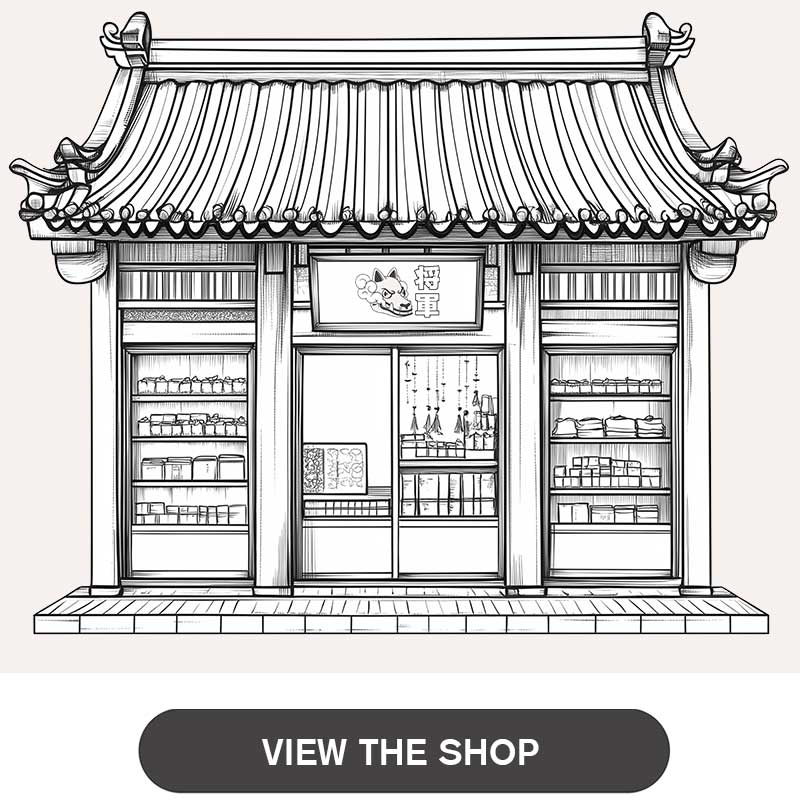
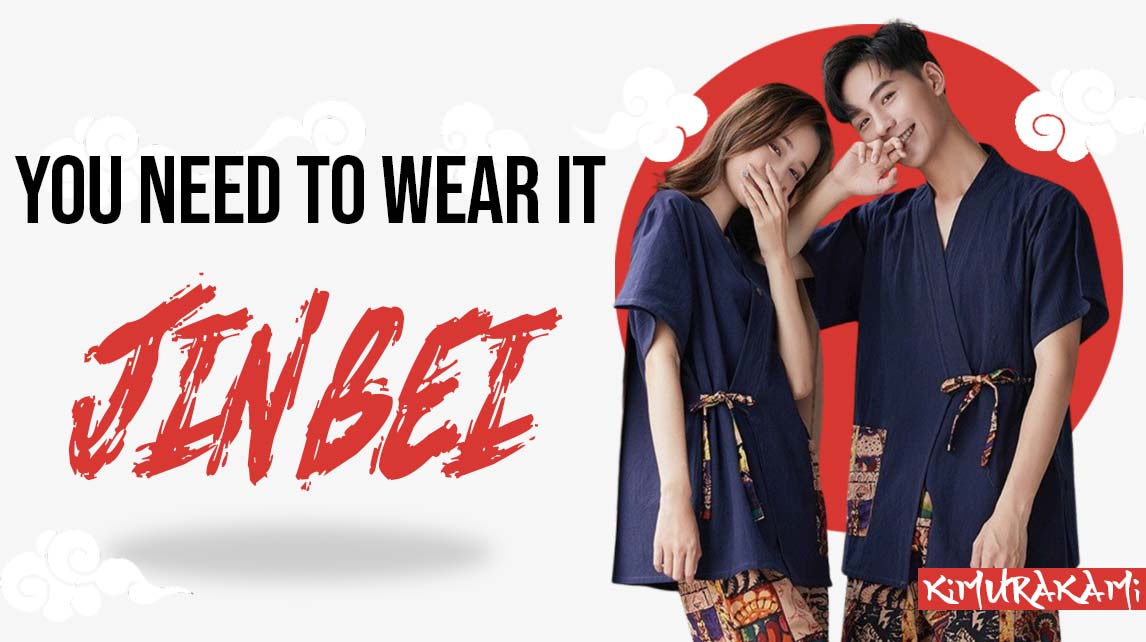
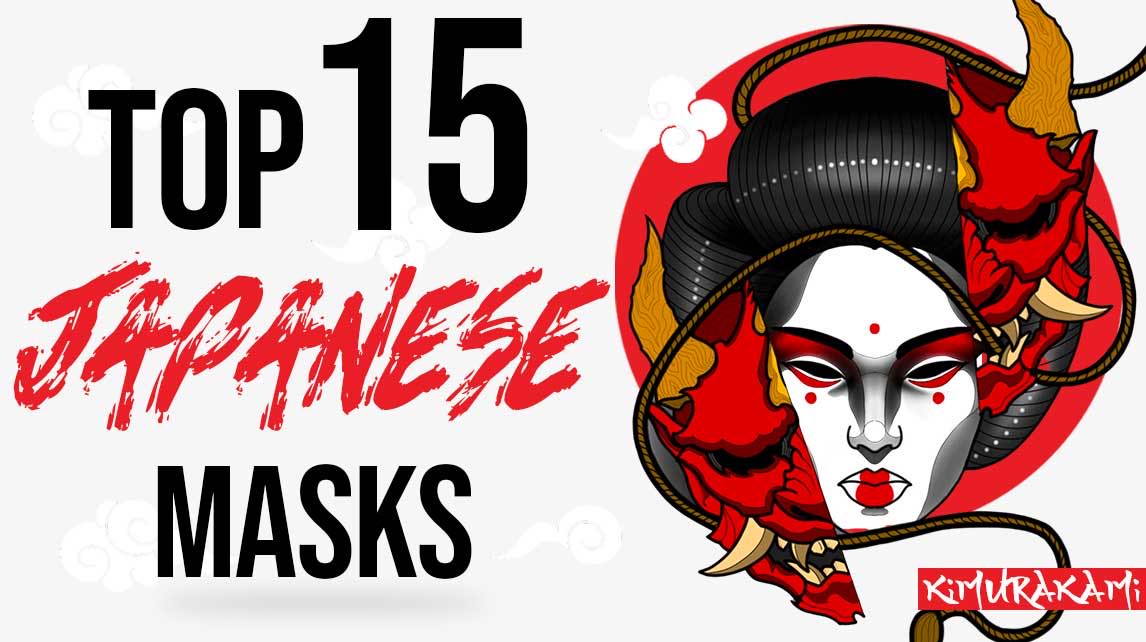
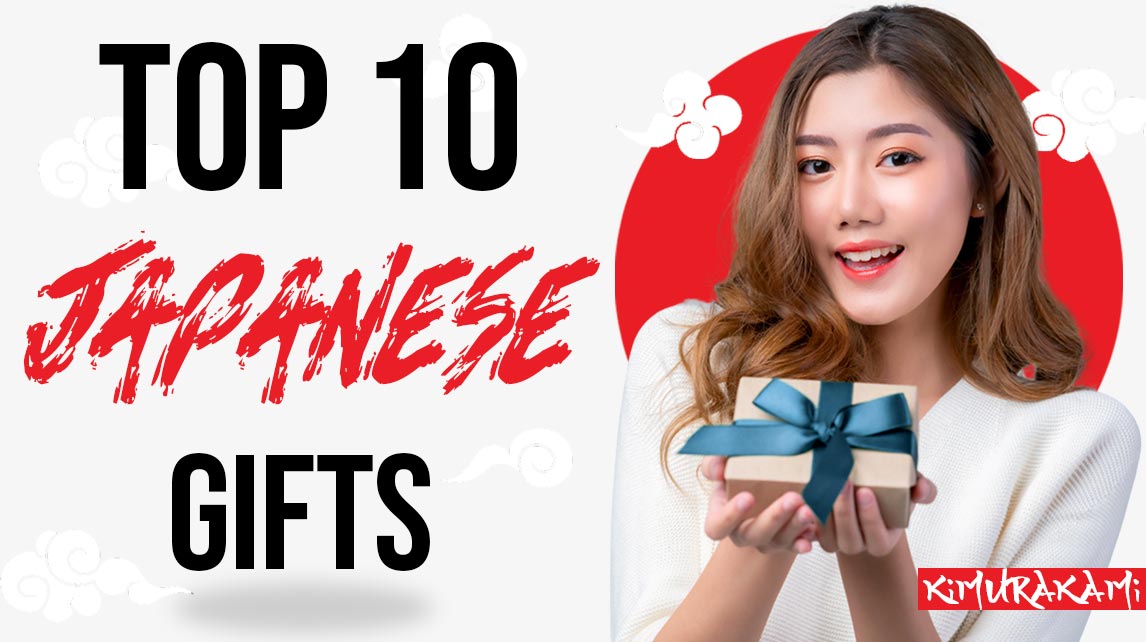
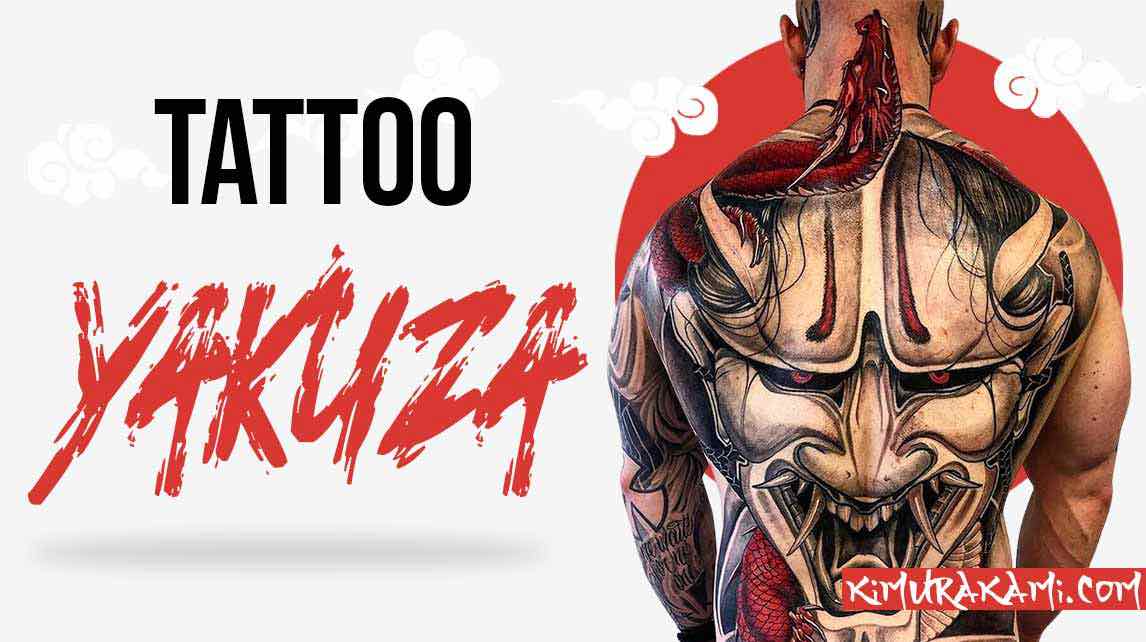
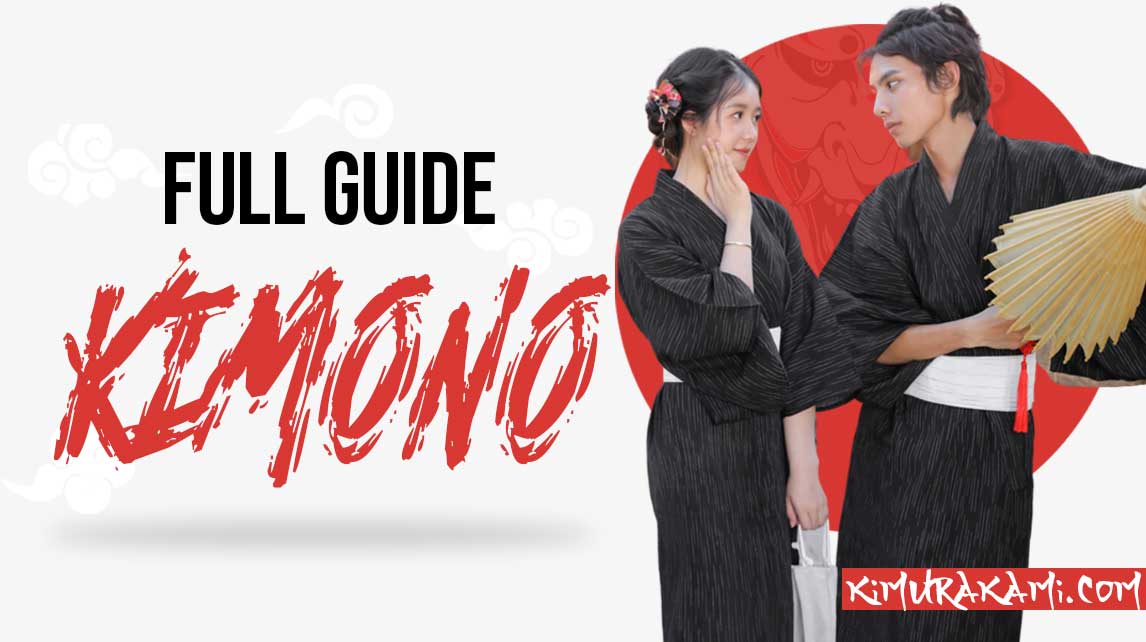
Leave a comment